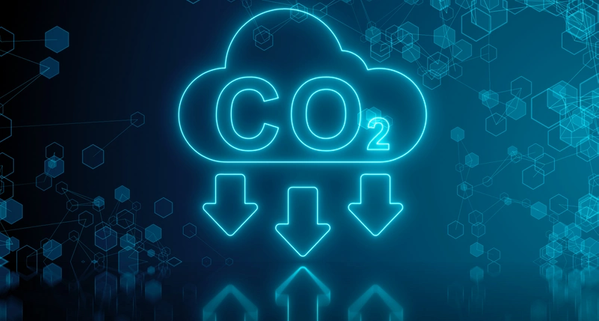
Oilfield services firm Baker Hughes has won a contract with Malaysia Marine and Heavy Engineering (MMHE) to supply carbon dioxide (CO2) compression equipment to Petronas Carigali's Kasawari offshore carbon capture and sequestration (CCS) project in Sarawak, Malaysia.
The project is expected to be the world’s largest offshore CCS facility, with the capacity to reduce CO2 emissions by 3.3 million tons per year, Baker Hughes said.
To remind, Petronas announced the decision to develop the Kasawari CCS project in November 2022.
"Building on its broad experience in liquefied natural gas and offshore technologies, Baker Hughes will deliver a state-of-the-art compression solution with minimized footprint and weight, as well as a power density allowing for larger flows per unit and best-in-class efficiency. The compressors will be used to enable the transportation and reinjection of the CO2 separated from natural gas into a depleted offshore field via a subsea pipeline," Baker Hughes said.
The CCS project is expected to significantly reduce the CO2 volume currently emitted via flaring of the overall Kasawari gas development, supporting PETRONAS’ ambitions to unlock Malaysia’s potential to be a global carbon capture, utilization and storage (CCUS) hub and enable the company to progress towards achieving its own net zero carbon emission targets by 2050, the company said.
“This award demonstrates the viability of significant, commercial-scale carbon-capture projects, which are critical for the energy transition,” said Rod Christie, executive vice president of Industrial & Energy Technology at Baker Hughes.
“This project proves that CCS technology can be deployed even in challenging environments, including offshore gas facilities, and provides an important step forward for reducing emissions from natural gas production.”
Baker Hughes will deliver two trains of low-pressure booster compressors to enable CO2 removal through membrane separation technology, as well as two trains for reinjecting the separated CO2 into a dedicated storage site.
The trains, which will be fitted with PGT25+ and PGT25 gas turbines with Dry Low Emission technology, offer greater fuel efficiency and reduced nitrogen oxides emissions even with high CO2 content fuel gas, Baker Hughes added.
The compressors’ casing also enables a reduced footprint compared to other standard solutions, a key differentiator in an offshore environment, Baker Hughes added.
The financial details of the contract were not disclosed.



